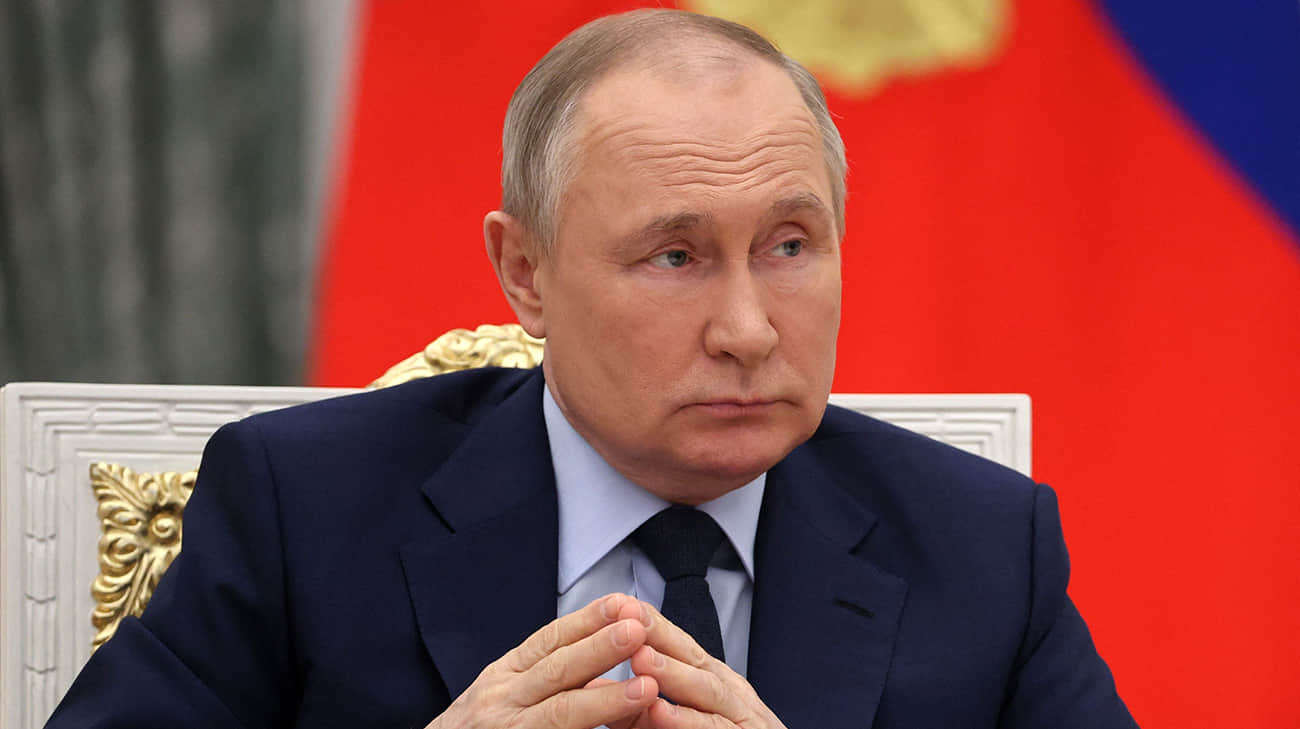« Cryptocurrencies were already a fashion, today are clearly a business »

Cryptocurrencies are considered a speculative asset, such as gold, but continue to draw the attention of many, from private investors to investment funds, capturing thousands of millions of euros. Admittedly, digital currencies are changing the way we think about money, but it is necessary to count on their volatility and high risks and uncertainties
The cryptomedas world has been seen as fashion, but today is clearly a business. The warranty is given to light by Banco Carregosa economist, Paulo Monteiro Rosa, who explains this trend: “There is a whole market around the cryptocurrencies with companies, platforms, funds and thousands of millions of euros in circulation. Still, there are projects that appear and disappear quickly, so it is important to distinguish what has real value from what is just speculation.
Admittedly, according to several analysts heard by light, each must invest in what is more comfortable, with the degree of knowledge and the risk level adjusted to the potential return. « In a market as a whole, investments in financial markets have been very attractive and we see that the interest of the population has been growing gradually, it is noted that people are increasingly interested in learning and investing, » they explain.
And in view of this scenario, they believe it will not threaten traditional investments, but recognize that the fact that other markets appear provides a wider range of investors to financial markets. Many of them even start with cryptocurrencies and end up making investments in traditional markets, they tell our newspaper.
Although Paulo Monteiro Rosa claims that anyone can invest in this digital currency, the economist also draws attention to the fact that it requires extra care, as they are considered complex active and uninfined understanding. «Cryptocurrencies are volatile and there are no guarantees of return. It is essential for investors to inform themselves well, use safe platforms, protect access (such as digital keys or wallets), and never invest more than you are willing to lose. For those who are layman, it is best to start slowly, with reduced values, and avoid decisions based on fashion or promises of easy money, ”he says.
Speculative asset
For many, investment in cryptomedas can be comparable to that of gold, as it does not offer any kind of direct remuneration, namely interest or dividends. “Gains come only from the appreciation of the asset, that is, they have only capital gains. Those who invest in cryptocurrencies do so that they will increase in value so that they can be sold later with profit. If this does not happen, the investor risks losing money, ”says Banco Carregosa economist.
And it points to the two great differences that exist between cryptocurrencies and gold: “While cryptocurrencies are only about 15 years old, gold has a history of over six thousand years as a value reserve. In addition, in case of total collapse, cryptocurrencies would be reduced to simple zeros and some computer, without any practical utility outside the virtual world. Already gold, despite being considered mainly a precious metal, maintains industrial applicability, such as other metals. Although its use in the industry is more limited due to high price and scarcity, it remains a physical resource with value and usefulness.
Within the universe of cryptocurrencies, there are also significant differences between the main assets. Some of the most well-known cryptocurrencies have a concrete utility, such as Ethereum, widely used in creating tokens and NFTs (non-fungible tokens). In addition, they are still distinguished by their economic behavior: there are inflationary and deflaiting coins. «Bitcoin, for example, is a deflationary currency as it has a maximum emission limit set at 21 million BTC. Already Ethereum, although a new protocol was implemented in August 2021 that reduced its emission rate, continues without a definite maximum limit – which makes it technically an inflationary cryptocurrency, ”exemplifies Paulo Monteiro Rosa.
Impact on the economy
In light, Paulo Monteiro Rosa argues that cryptocurrencies « are changing the way we think about money, investment and finances in general », arguing that « have allowed new forms of payment, transfer of values without intermediates and even the emergence of fully digital business ». However, the economist warns that « as its value is quite volatile, they also bring risks and uncertainties to traditional financial markets. »
What is certain, in the economist’s opinion, is that cryptocurrencies « have been gaining ground, especially in countries with fragile and destructed economies, such as various regions of Africa and Latin America, where local currencies lose value quickly and consistently, easily thoroughly threatening the purchasing power of populations. »
In these contexts, he explains, Bitcoin has been used in transactions and as a value reserve. And, in the case of the most advanced economies, ‘the impact is above all speculative, associated with the expectation of quick profits or a status image, but the gradual scarcity of notes and currencies and the need for privacy in more informal payments, also increasingly makes the use of crypometers, especially Bitcoin, in the payment of more private expenses’.
But it takes care, and Paulo Monteiro Rosa recalls that their growth has forced the markets and governments to look at this phenomenon more carefully.
Already Henrique Tomé, an analyst at XTB, reveals that the market of cryptocurrencies « has been presenting several acceleration signs, namely regarding the digitization process in various sectors, such as bank », adding that « this largest investment in this innovative technology has, in fact, marked the transition from the Internet to Web 3.0 ».
However, the analyst adds, ‘and given that there are still many questions to answer about the ongoing technological revolution, we do not have many practical cases in economic terms yet and their impact continues to be reduced, also due to the size of the market – which, although it continues to grow, remains relatively small.’
And the future?
The carried bank economist argues that the use of cryptocurrencies is likely to grow, « with more and more people seeking alternative forms of payment, especially with the gradual disappearance of physical money. » Moreover, he says, « Some see in cryptocurrencies a way to protect privacy in spending. » But not everything is right and Paulo Monteiro Rosa warns that « regulatory uncertainty and market instability are still great obstacles » and, therefore, the future goes « to find balance between innovation, safety and regulation. »
Still with regard to the future, Henrique Tomé said that « the curve of adoption to the crypto market has accelerated in recent times and we must hope that this rhythm will remain, as more and more financial institutions and governments adopt cryptocurrencies and blockchain technology. »
Nevertheless, it warns, ‘the market has not been indifferent to the scenario of current uncertainty, namely due to the most aggressive trade policies of the US administration of Donald Trump.’ Henrique Tomé also says that the crypto market « is also coming out penalized, as investors tend to move away from risk assets and at-risk capital for more troubled times. »







